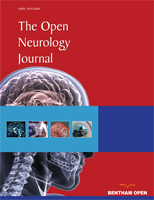
“Novel pharmacological treatments are needed for Tourette syndrome.
Our goal was to examine the current evidence base and biological rationale for the use of cannabis-derived medications or medications that act on the cannabinoid system in Tourette syndrome.
There is a strong biological rationale regarding how cannabis-derived medications could affect tic severity. Anecdotal case reports and series have noted that many patients report that their tics improve after using cannabis. However, only two small randomized, placebo-controlled trials of Δ9-tetrahydrocannabinol have been published; these suggested possible benefits of cannabis-derived agents for the treatment of tics.
Trials examining other agents active on the cannabinoid system for tic disorders are currently ongoing.
Cannabinoid-based treatments are a promising avenue of new research for medications that may help the Tourette syndrome population.”









